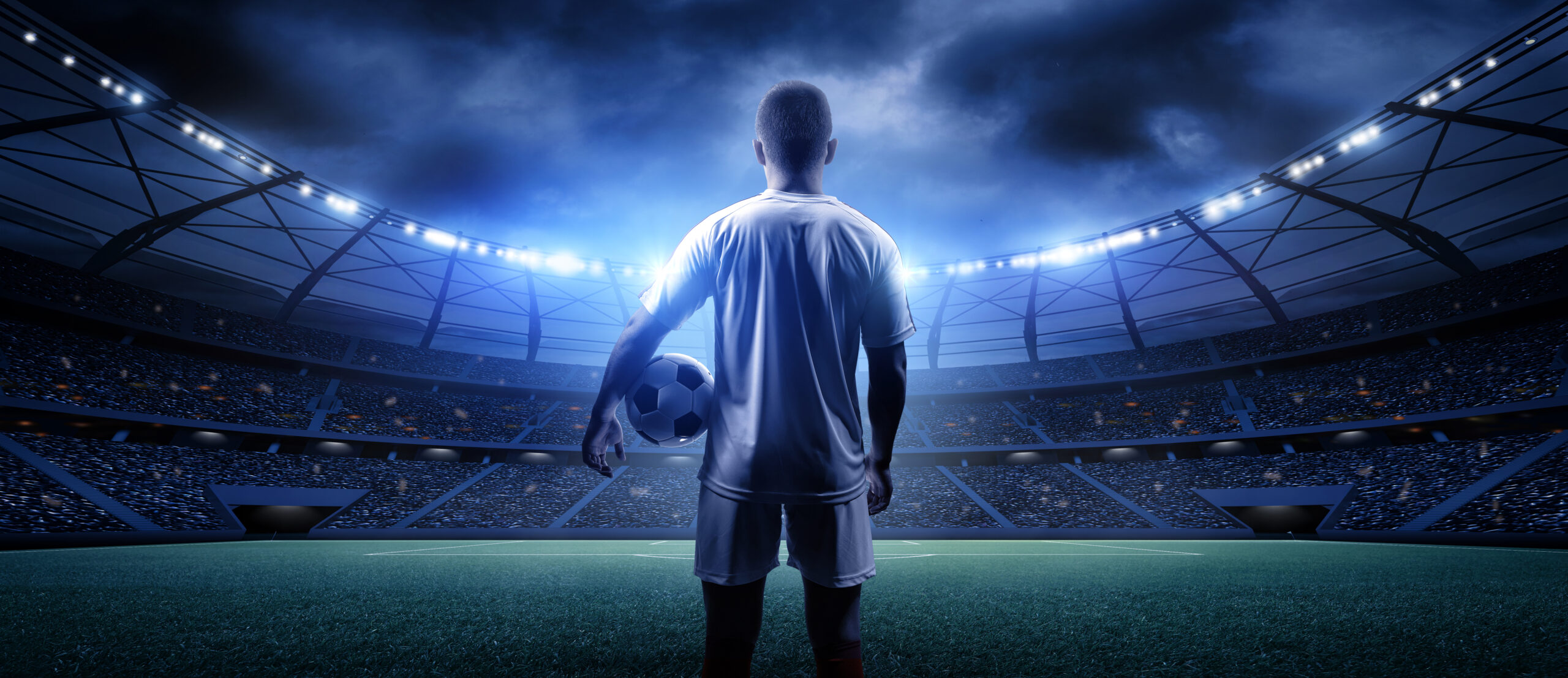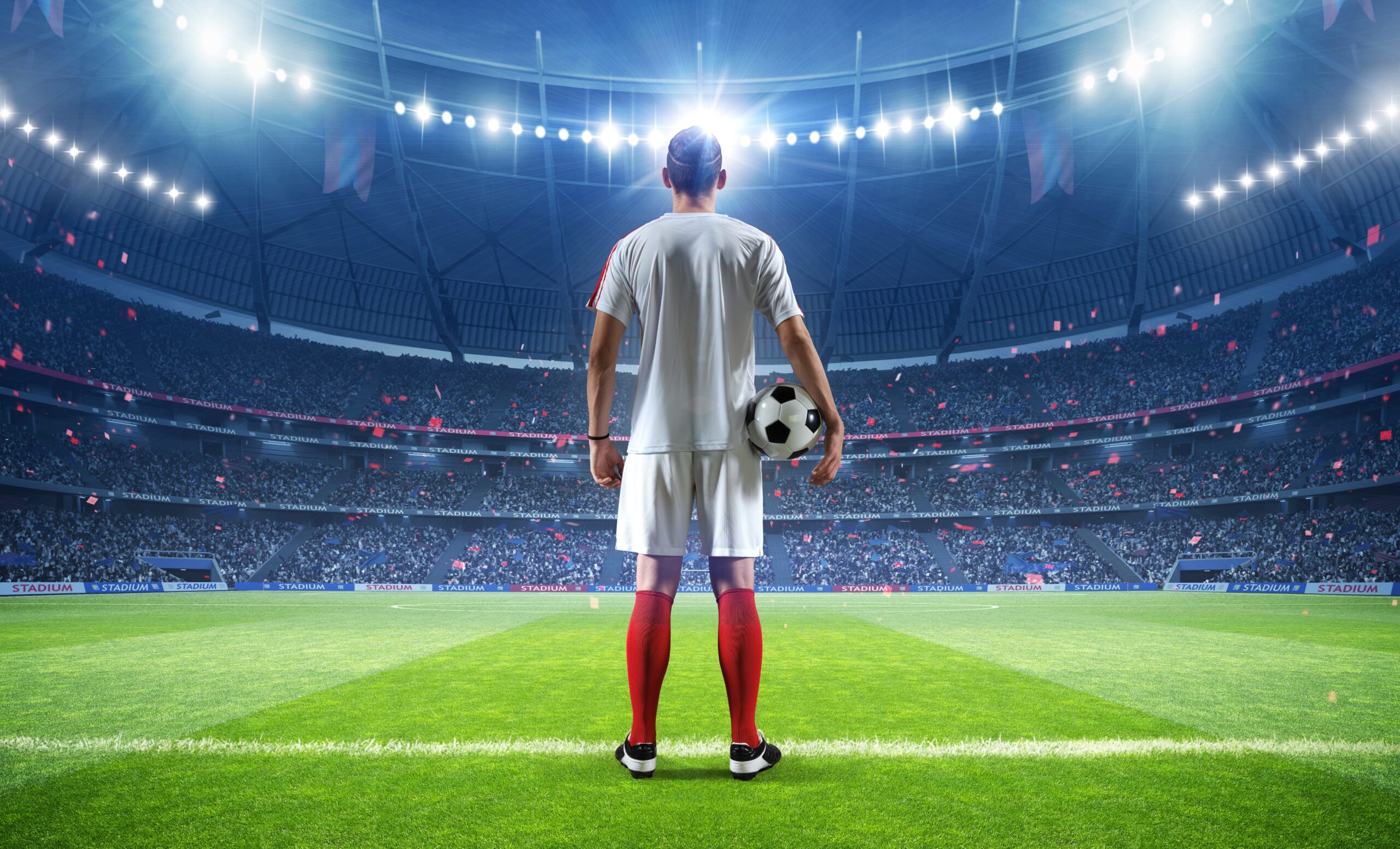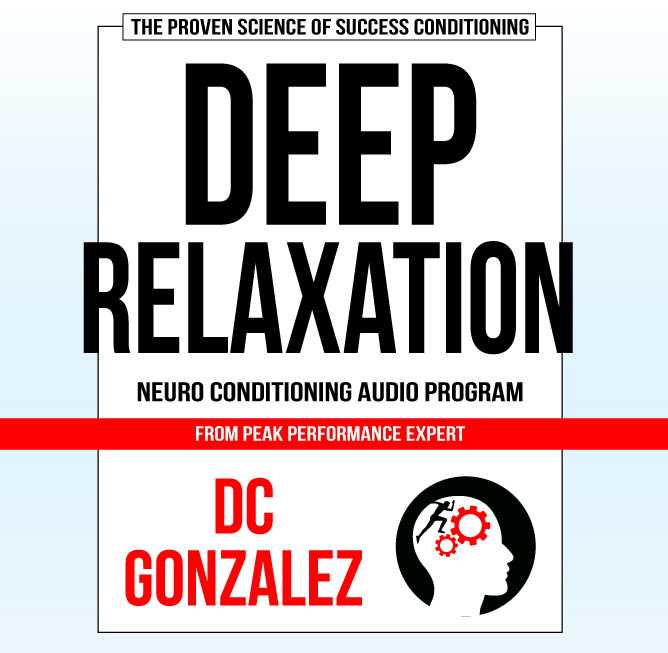Do you want to learn visualization techniques for athletes? In the ever-evolving realm of sports, the cognitive outlook of an athlete can prove to be the ultimate decider of triumph or defeat. The capacity to cognitively project success and execute impeccably under extreme duress is a pivotal facet of reaching peak performance. Visualization, a mental conditioning technique employed by athletes, has exhibited a considerable impact on sports performance.
In fact, a plethora of research studies have unequivocally manifested the advantages of visualization, including enhanced self-assurance, curbed stress and anxiety, and heightened motivation. As the world-renowned sports psychologist, Dr. Jim Afremow, cogently emphasizes, “Cognitive projection of attaining your objectives empowers you to be better equipped to materialize those objectives.”
In this article, we will explicate the advantages of visualization in sports and equip you with efficacious visualization conditioning techniques. We will also divulge real-life instances of successful athletes who leveraged visualization to actualize their full potential. By capitalizing on the insights proffered by influential thought leaders in the realm of self-enhancement, sports coaching, and optimum performance, this article will endow you with the knowledge and instruments to visualize your own triumph in sports.

Benefits of Visualization for Athletes in Sports
Visualization is a powerful way for athletes to train their minds which has a number of benefits. Let’s look at some of the best reasons to use visualization in your sports training and practice:
Better use of time
Visualization techniques for athletes can improve their physical performance by making their minds stronger. When an athlete imagines doing a certain skill, their brain uses the same neural pathways as if they were doing the skill physically. So, visualizing can help you remember how to move and use your muscles better.
More confidence in oneself
Visualization can help an athlete feel more confident by helping them see themselves as successful. When an athlete imagines reaching their goals, they create a positive mental image that can boost their confidence in themselves and their skills.
Less anxiousness and stress
Athletes can also get rid of stress and anxiety by visualizing. Athletes can get used to the environment and feel more ready by imagining themselves in high-pressure situations, like competitions or games. This can help reduce anxiety and stress and improve performance at the same time.
Increased focus and concentration
Visualization can also help athletes focus and pay attention better. Visualizing the exact movements and actions of their sport can help athletes stay focused on the task at hand and block out distractions.
A sports psychologist, Dr. JoAnn Dahlkoetter, says that visualization is a mental technique that can help athletes reach their full physical potential by making them more confident, focused, and calm under pressure. When athletes practice and train with visualization, they can reach their full potential and reach their goals.

Types of Visualization Techniques for Athletes
Athletes can improve their performance in a variety of ways by employing various methods of thinking about their performance. These are some of the most effective methods for getting things done:
Images that spark the mind
With this technique, you see yourself doing well in your sport with a certain skill or an activity. To make your vision more powerful, include as many details as you can, such as the sights, sounds, and feelings that go along with it.
Visualization techniques for athletes and self talk
With this method, you imagine yourself having a positive conversation with yourself, with a focus on self-encouragement and positive reinforcement. By imagining yourself talking to yourself in a positive way, you can boost your confidence and stop talking to yourself in a bad way.
Taking notes with the hands
This method involves imagining yourself doing a certain skill or activity in your sport and also imagining how it would feel in your body. This will help you remember how to move and help you move better.
Effective Visualization Techniques for Athletes Training
To make the most out of visualization as a training technique, it’s essential to use it effectively. Here are some tips for effective visualization training:
- Make it a daily practice: To experience the most benefits from visualization, make it a regular part of your daily training routine.
- Set specific goals: Visualize yourself accomplishing specific goals related to your sport, such as winning a competition or improving a particular skill.
- Use all of your senses: When visualizing, use all of your senses to create a vivid mental image, including sights, sounds, smells, and physical sensations.
- Visualize yourself overcoming obstacles: To prepare for high-pressure situations, such as competitions, visualize yourself successfully overcoming obstacles and performing well under pressure.
- Use positive self-talk: As you visualize, use positive self-talk to reinforce positive beliefs about yourself and your abilities.
- Keep it simple: Don’t try to visualize too many things at once. Instead, focus on one specific skill or action and visualize yourself performing it successfully.
- Be consistent: To see the most benefit from visualization, be consistent in your practice, even on days when you don’t feel like it.
By following these tips, you can maximize visualization as a training technique and achieve your athletic goals. As a sports psychologist, Dr. Nicole Detling notes, “Visualization can help you harness the power of your own mind and achieve your full potential.” With consistent visualization practice, you can improve your sports performance and reach new levels of success.
Conclusion
Visualization is a potent mental conditioning technique that offers numerous benefits to athletes. By incorporating visualization into their training routine, athletes can improve their physical performance, increase self-confidence, reduce stress and anxiety, and enhance focus and concentration.
To make the most of visualization techniques for athletes, it’s crucial to use it effectively. Setting specific goals, using all senses, visualizing overcoming obstacles, and using positive self-talk are some of the tips that can help athletes in their visualization practice. Consistency is also crucial in getting the most benefit from this technique.
Thought leaders in the self-improvement, sports coaching, and peak performance industries have emphasized the power of visualization in helping athletes achieve their full potential. By following these tips and practicing visualization regularly, athletes can elevate their sports performance and attain their athletic aspirations.






